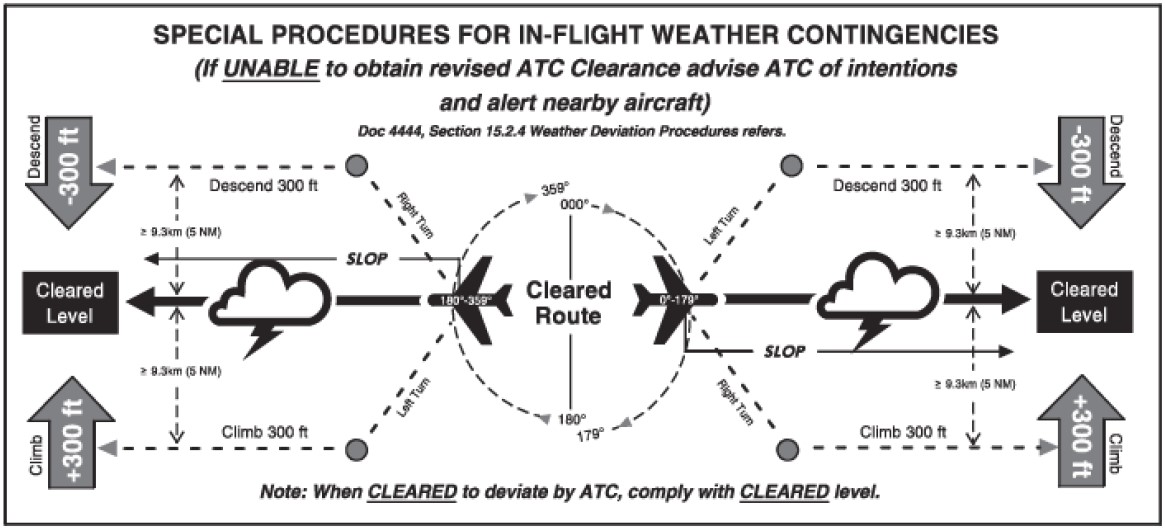
| Originally cleared track or ATS route centreline | Deviations greater than 5NM | Level change |
|---|---|---|
|
EAST 000-179 MAG |
LEFT RIGHT |
DESCEND 300 FT CLIMB 300 FT |
|
WEST 180-359 MAG |
LEFT RIGHT |
CLIMB 300 FT DESCEND 300 FT |

| Route centre line track | Deviations > 19 KM (10 NM) | Level change |
|---|---|---|
|
EAST 000-179 MAG |
LEFT RIGHT |
DESCEND 90 M (300 FT) CLIMB 90 M (300 FT) |
|
WEST 180-359 MAG |
LEFT RIGHT |
CLIMB 90 M (300 FT) DESCEND 90 M (300 FT) |
| Category | MTOM in KG | |||
|---|---|---|---|---|
|
LIGHT L |
7000 KG or less |
|||
|
MEDIUM M |
more than 7 000 KG and less than 136
000 KG |
|||
|
HEAVY H |
136 000 KG and more |
|||
| Lead | ||||
|---|---|---|---|---|
| Follow | HEAVY | MEDIUM | SMALL | LIGHT |
|
HEAVY |
4 NM |
N/A |
N/A |
N/A |
|
MEDIUM |
5 NM |
N/A |
N/A |
N/A |
|
LIGHT |
6 NM |
5 NM |
N/A |
N/A |
 WAKE VORTEX ENCOUNTER REPORTING FORM
WAKE VORTEX ENCOUNTER REPORTING FORM